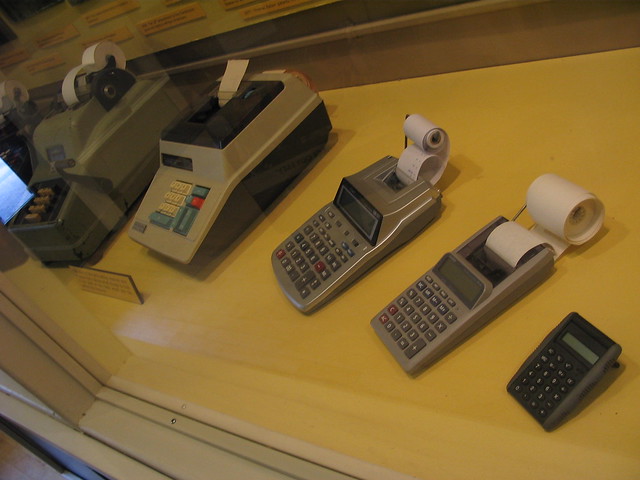 |
| Photo credit to DoDEA from flickr |
Focus Question: How can teachers and students use digital
portfolios as tools for learning?
Digital portfolios offer affective ways for students and
teachers to access teaching and learning opportunities. A digital portfolio is
a collection of educational things gather together into a CD-ROM, website, or
computer file.
There are several advantages and disadvantages of a digital
portfolio. Some advantages are that digital portfolios are easy asses, include
creative information display and also allows teachers and both students
experiences in technology skills. A few disadvantages include time, computer
access, and that the style will override substances in the presentation of
information.
One type of portfolio that was discussed was a
standard-based digital portfolio which serves as a way for new teacher candidates
to connect lesson plans, teaching evaluations and other several other things
that are done within the classroom.
I find that digital portfolios are used much more today in
the modern world then they were back then. I find it very fascinating that
digital portfolios can be very fast and simple to create. Also that they can transfer
anything being done within the classroom with other teachers.
Tech Tool: Digital Portfolio Building Resources
While creating a digital portfolio you can include many
different templates that can help you completely design your portfolio. Three
of the templates mentioned are TaskStream, iLife and EduTools. The TaskStream
is popular for a digital archiving tool, it’s a software that provides users
with a variety of design options including presentation portfolios and learning
how to work portfolios. iLife is a software created by Apple computers. This
software allows you to incorporate more sound effects and professional quality
features. Edutools is a website that provides online reviews and comparisons
and consolations for teachers and schools interested in using e-learning tools
and also provides reviews if online colleges.
Summary & Conclusion:
Summary & Conclusion:
Chapter 11 examines how teachers and students can be active
participants in evaluating and assessing their own growth as learners using
technology. Technology can be a powerful tool while assessing your students
because it allows your students to perform what they have learned and what is
being taught throughout the classrooms. Also the chapter explores how teachers
can use performance-based portfolios, presentations and publications for personal
and student assessments. Finally, the chapter ends with ways to use domestic
classrooms and online survey software. Students can become actively involved
with assessments and educational using technology. One way is by using the online
survey which allows students to activate their prior knowledge and also giving
them the ability to decide different materials will be used throughout the
lesson. If you involve your students in the process of performance they will
build a partnership for their learning environment and have an outstanding
evaluation.
Resources:
Maloy, R. W., Verock-O, R. E., Edwards, S. A., & Woolf, B. P. (2010). Transforming learning with new technologies. Allyn & Bacon.
Resources:
Maloy, R. W., Verock-O, R. E., Edwards, S. A., & Woolf, B. P. (2010). Transforming learning with new technologies. Allyn & Bacon.
